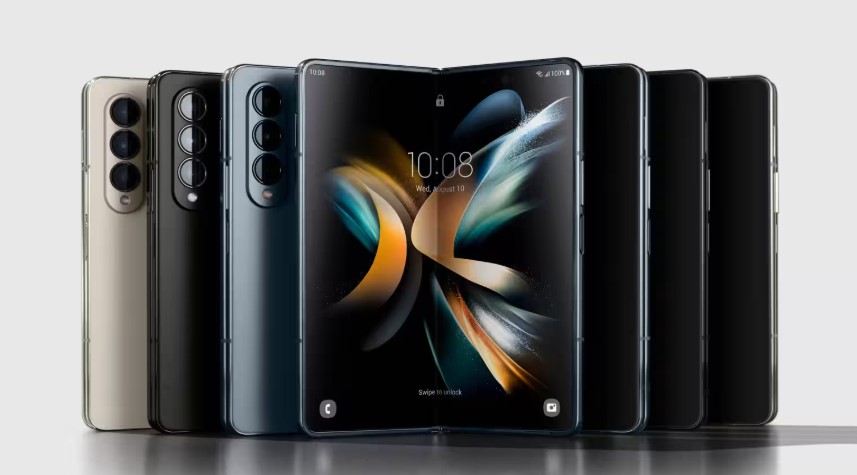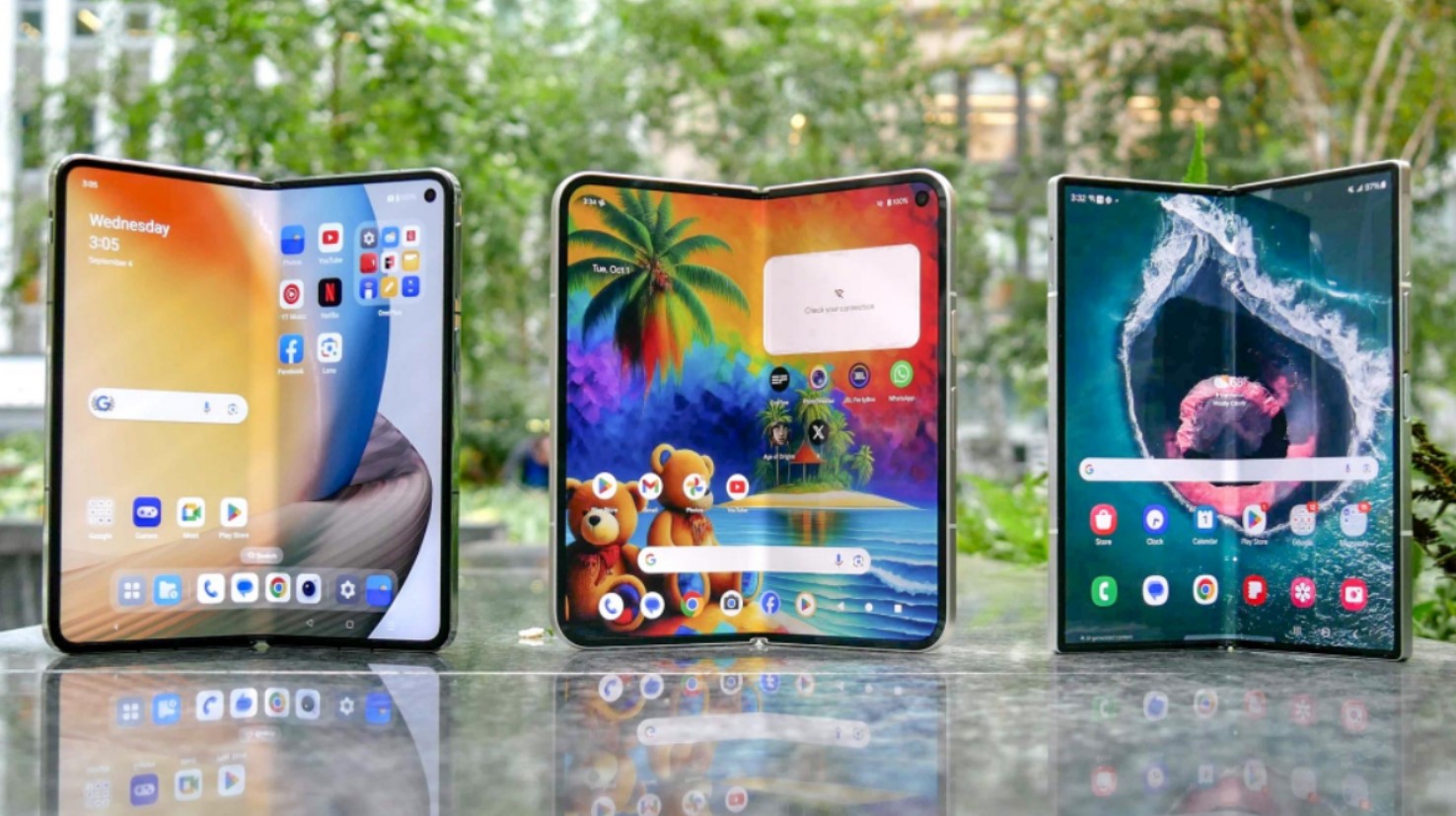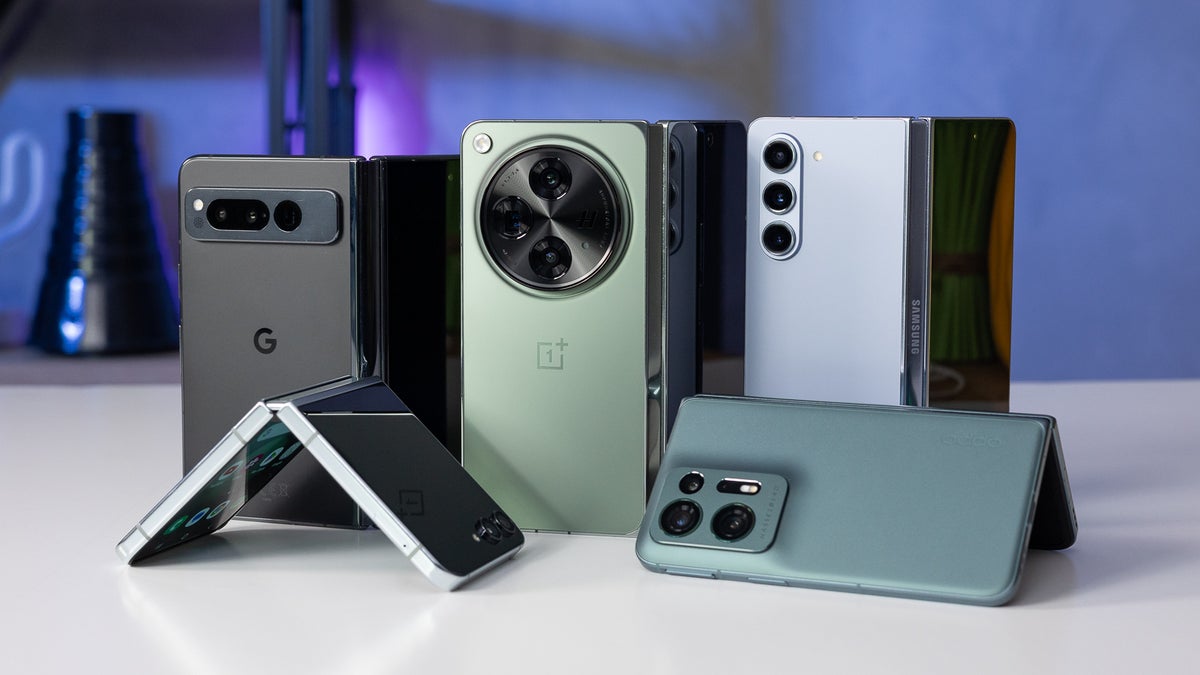Although it is easier to find users with foldable smartphones in 2025 unlike previous years, most consumers still prefer smartphones with the conventional design. Why is this the case despite their unique form factor which boldly screams innovation?
By Michael Akuchie
Just as smart TVs have revolutionised the home entertainment experience by enabling users to stream shows, browse the web, and even download applications, smartphones have similarly transformed the consumer electronics landscape.
Beyond performing basic functions like making calls and sending texts, which feature phones such as the Nokia 3310 have always provided, smartphones have introduced us to a world where we can access the Internet without the need for a computer.
The debut of the iPhone in January 2007 marks a significant milestone in the history of smartphones. It was among the first mobile devices to feature a virtual keyboard, replacing the physical buttons we had been accustomed to for many years. Following the iPhone’s launch, Google partnered with the Taiwanese corporation HTC to develop the first Android smartphone, the HTC Dream.
Since the initial launches of the iPhone and Android, smartphones have evolved significantly. Recent models have introduced numerous incremental improvements, offering consumers larger screens, increased internal storage, 5G network speeds, and much more.
Given the smartphone segment’s reputation for innovation, it is no surprise that brands began exploring unconventional design ideas, such as flip phones and foldable devices.

Before 2018, I was familiar with flip phones thanks to brands like Nokia and Samsung. I briefly owned the Nokia 2760, and every time I flipped the device open and closed it like a laptop, it filled me with a sense of wonder. It made my phone feel unique, unlike my friends’ devices, which followed a standard design.
However, my first encounter with foldable smartphones did not occur until 2018, when a smartphone with a flexible display was unveiled at the 2019 Consumer Electronics Show—an annual event where brands showcase new products and those still in the concept stage.
The Royole FlexPai featured a 7.8-inch bendable AMOLED display capable of rendering content, such as videos, at 1440p (2K) resolution. Along the back of the device was a hinge that allowed users to bend it as desired.
Today, brands such as Samsung, Huawei, Oppo, and Motorola have taken centre stage in the foldable smartphone market. In 2023, Google introduced the Pixel Fold as part of its efforts to enter this growing segment.
Although it is easier to find users with foldable smartphones in 2025 compared to previous years, most consumers still prefer smartphones with conventional designs. Why is this the case, despite the unique form factor of foldables, which boldly screams innovation?
The Nielsen Norman Group defines foldable smartphones as “horizontally facing devices that unfold into tablet-sized screens, offering a larger viewing area with bendable, double-wide screens.” Recent examples of foldable phones include the Samsung Galaxy Z Fold 6, Google Pixel 9 Pro Fold, and the Honor Magic V3.
Beyond their unconventional design, foldable smartphones come with several advantages. A foldable smartphone offers tablet-like functionality while retaining a pocket-sized form factor.

While you cannot fit a tablet into your pocket, a foldable phone—with its increased screen real estate that functions like a tablet—can easily be tucked into your pocket and carried around. Take the Z Fold 6, for instance, which features a 7.6-inch screen that is slightly larger than the Amazon Fire 7 tablet.
Thanks to its sizable screen, the Z Fold 6 is perfect for streaming, reading books, and taking notes. This versatility is a feature I would gladly pay for, and I am certain many others would feel the same.
Sure, smartphones with a conventional form factor can multitask efficiently, provided they have at least 4GB of RAM. However, foldable smartphones elevate multitasking to an entirely new level with their ability to split the screen, much like a laptop or tablet.
This allows you to work on a spreadsheet on one side of the screen while viewing your Gmail inbox on the other, significantly boosting productivity.
Despite the exciting possibilities foldable smartphones have introduced to mobile technology, they are not without criticism. One of their major drawbacks is their high cost, which remains prohibitive for many consumers and is reflected in their limited market share.
According to a TrendForce report, foldable devices account for only 1.5% of the global smartphone market. Admittedly, this is a niche segment, so such a low figure is not surprising.
In Nigeria, foldable smartphones typically start at N700,000 and above. With the nation’s rising inflation and unstable exchange rate, an increasing number of citizens are finding it difficult to afford these devices. In contrast, conventional smartphones are available in a variety of categories to suit different budgets.
For instance, the budget category includes the Smart and Pop devices manufactured by Transsion subsidiaries Tecno and Infinix. Then there are mid-range options from Xiaomi subsidiaries Redmi and Poco.
Additionally, flagship devices are offered by brands like Samsung, Apple, and Oppo. With these different tiers catering to various budgets, it’s no wonder that smartphones with conventional designs still dominate the market.
Aside from cost concerns, foldable displays are known for hinge-related issues and other faults. Early models of the Samsung Fold, in particular, gained notoriety for their screen problems. Due to the delicate nature of foldable smartphones, repairing them can be significantly more expensive than fixing a standard smartphone.
Bearing this in mind, many consumers may be hesitant to invest in a foldable device. Moreover, flagship smartphones with traditional designs, such as the Samsung Galaxy S Series and the Apple iPhone, offer premium features at more competitive price points.

Despite these challenges, foldable smartphones are steadily gaining traction among more users and go beyond mere marketing tactics. According to the TrendForce report, global shipments of foldable devices were expected to reach 17.7 million units in 2024, marking a 25% year-on-year increase from the 15.9 million units shipped in 2023.
While this doesn’t mean foldable smartphones will dominate the market overnight, it does offer a glimpse into the future and what could become the new standard for smartphones.
If brands focus on improving the durability of foldable displays, it’s likely that more consumers would be willing to give them a chance.
Additionally, making foldable smartphones more affordable could significantly increase their appeal among non-traditional consumers.
Smartphones have come a long way since the first iPhone and Android devices of the late 2000s, evolving into a vast industry with countless options to choose from. Foldable smartphones now offer users the opportunity to experience the future of smartphones firsthand.
Michael Akuchie is a tech journalist with five years of experience covering cybersecurity, AI, automotive trends, and startups. He reads human-angle stories in his spare time. He’s on X (fka Twitter) as @Michael_Akuchie & michael_akuchie on Instagram.
Cover photo credit: Tom’s Guide




